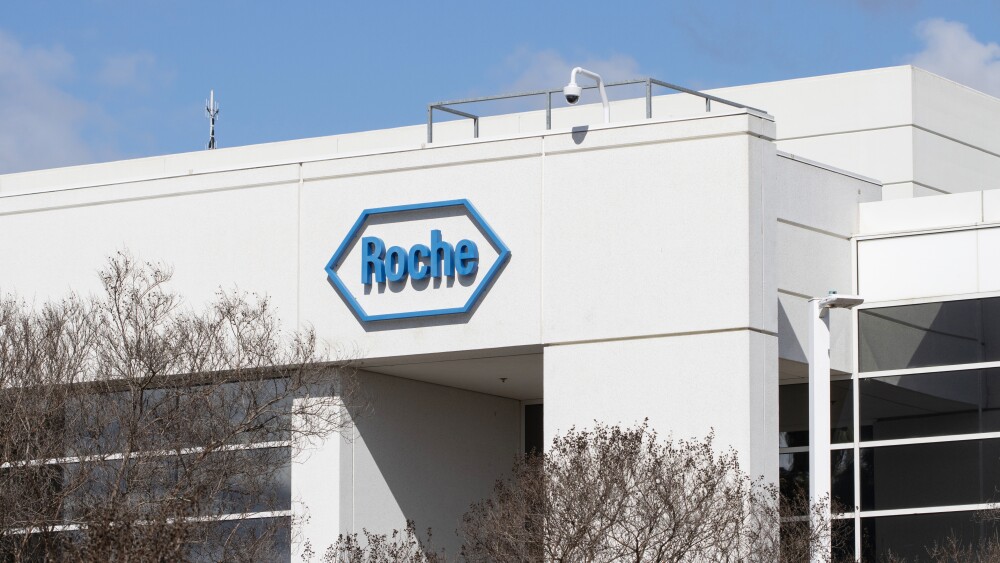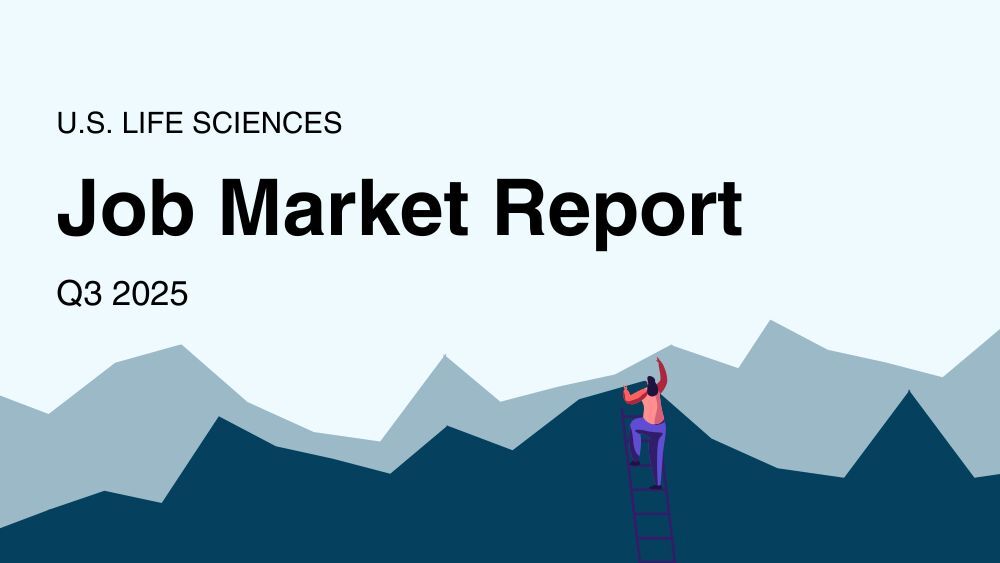To tailor cancer therapies to individual patients, Moderna, BioNTech and other companies are rethinking how they optimize manufacturing schedules and resources.
In battling the COVID-19 pandemic, Moderna and the BioNTech-Pfizer partnership showed for the first time that mRNA vaccines can be made in vast quantities. Today, some developers of mRNA vaccines face a very different challenge: efficiently making products tailored to individual cancer patients.
Individualized mRNA cancer vaccines and mass-market COVID-19 shots work similarly. In both cases, mRNA prompts the vaccine recipient’s cells to make specific antigens. The immune system sees the antigens as foreign, triggering a process that equips it to recognize and attack cells that display the same molecules. Depending on the antigens, mRNA can trigger an immune response against the SARS-CoV-2 virus, cancer cells or other threats.
Yet mass-produced and individualized mRNA vaccines pose very different manufacturing challenges, from potential logistical challenges associated with collecting and sequencing patient samples to the coordination of the production of individualized therapies.
“The biggest challenges are on the personalized medicine side,” Michael Paglia, chief technology officer at ElevateBio BaseCamp, told BioSpace. “The scale-up of large volumes has been demonstrated before and that can be done, but there are still challenges in personalized mRNA manufacturing.”
The N-of-1 Challenge
Moderna is among the companies contending with the challenges posed by cancer vaccine production, said Joe Margarones, the company’s head of digital individualized neoantigen therapy.
“There are a whole host of complexities that come with creating one therapy for one patient, in terms of optimizing manufacturing schedules and resources to ensure timely delivery of doses,” he told BioSpace.
Production of intismeran autogene, Moderna’s Merck-partnered individualized therapy, starts with collecting samples from a patient. Moderna sequences cancer and healthy cells from these samples and feeds the data into its automated bioinformatics system. The process yields a set of up to 34 neoantigens for inclusion in each patient-specific therapy.
Margarones said AI plays an important role in Moderna’s attempts to simplify the complex processes involved in making individualized mRNA vaccines and helps the company “move with speed and precision, especially when confronted with thousands of patient batches.”
It now takes Moderna around six weeks to go from sample collection to vaccine administration. When it shared data on the vaccine candidate in 2019, Moderna said the usual turnaround time was 50 to 60 days, roughly seven to eight weeks.
The company’s approach is built on data for every batch made at its plant in Massachusetts. Margarones said these data help Moderna coordinate tasks across clinical operations, manufacturing, quality assurance and shipment logistics. Moderna has paired the data with an AI tool that automatically schedules a batch in light of “a real-time snapshot of our manufacturing capability in all constraints,” Margarones said.
As the patient volume ramps up, “this solution is critical to ensuring supply chain planners have a comprehensive view of each patient batch and is in sync with any clinical site scheduling updates to ensure we deliver every intismeran dose on time,” he said.
A Race Against Time
The duration of the manufacturing process informs which indications developers can effectively target with individualized mRNA vaccines. A patient with a quickly progressing tumor may be a poor candidate for therapies that are not immediately available.
Moderna President Stephen Hoge told investors on an earnings call in August that work on the manufacturing process enabled the decision to test intismeran in metastatic melanoma. Metastatic patients “tend to progress quite quickly,” Hoge said, and Moderna ensured that it could reliably deliver the drug within six weeks of sample collection before moving into the indication.
The mechanism of action of cancer vaccines makes it particularly important to treat patients as soon as possible. Özlem Türeci, chief medical officer at BioNTech, told investors on an earnings call in March that the company’s data show an effective immune response takes six to eight weeks from vaccine administration. Türeci noted this in a possible explanation of why BioNTech’s Genentech-partnered cancer vaccine failed a Phase II trial.
“This time frame may be insufficient to control rapidly growing advanced disease and may require treatment combinations with other modalities,” Türeci said. The trial’s failure, “combined with our extensive translational data, reconfirm our strategic focus on using [individualized neoantigen-specific therapies] in the adjuvant setting where patients have resectable cancers and minimal residual disease.”
The lag between the prescription and administration of individualized therapies could lead to the drugs being used in sequence with off-the-shelf products. Rose Loughlin, executive vice president of research at Moderna, told analysts at an event in September that individualized and off-the-shelf drugs may complement each other because of the window needed to design and make patient-specific therapies.
For now, Moderna and BioNTech are assessing where their treatments could fit into care pathways and honing their manufacturing processes in anticipation of bringing the first individualized mRNA cancer vaccines to market.
The FDA delayed Moderna’s plans last year, discouraging the biotech from filing for accelerated approval. The company recently noted it is targeting a submission for full authorization by 2028. BioNTech’s plans rest on data that are due around the end of the year. Talking to analysts in January, BioNTech CEO Uğur Şahin said “we must be ready” to talk to regulators about bringing the vaccine to market if the data are strong.






